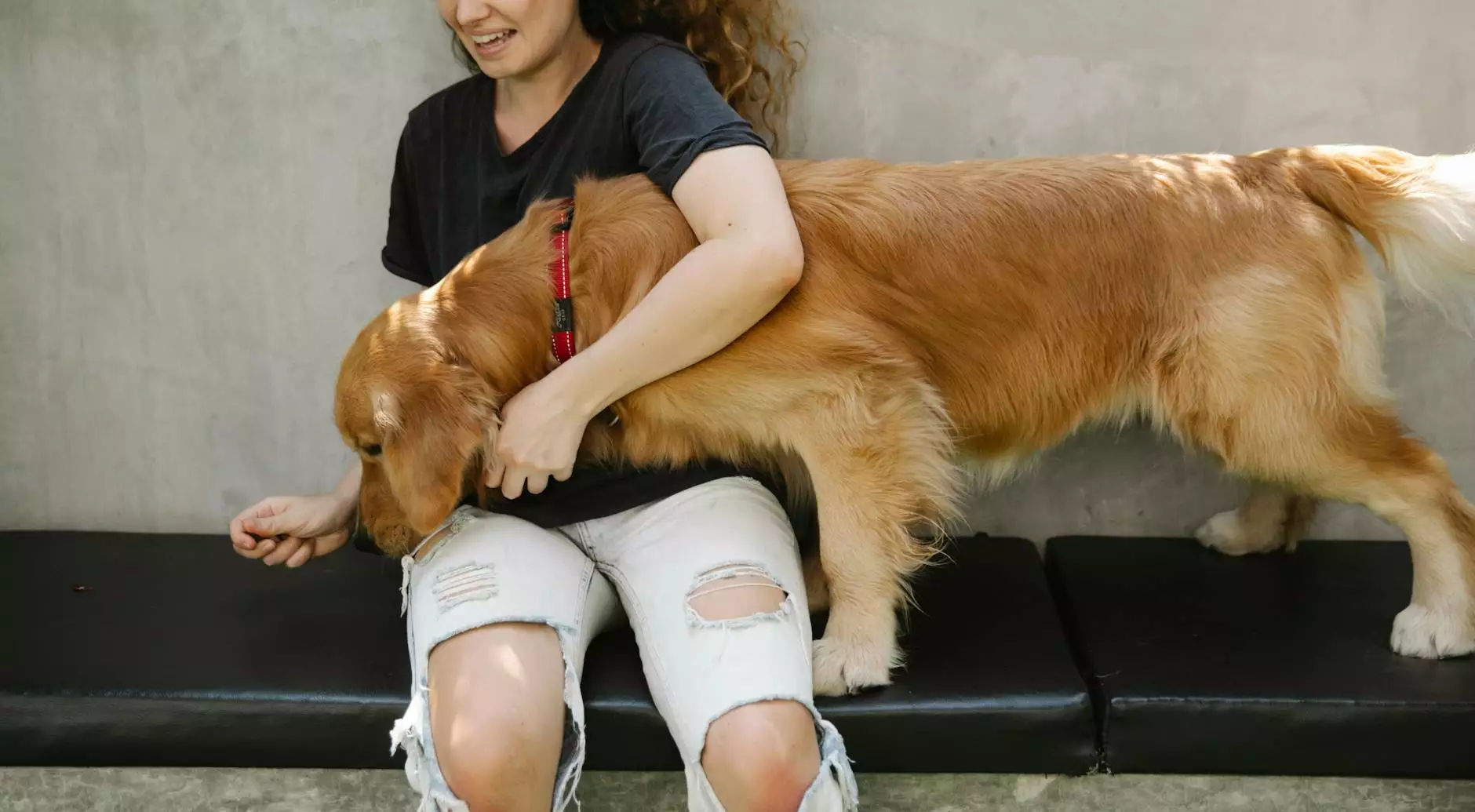Understanding Dogs
Dog Care
Introduction
Welcome to our comprehensive guide on understanding dogs, brought to you by The Upbeat K9.
Dogs have been man's best friend for centuries, providing companionship, loyalty, and unconditional love. As dog owners, it is essential to comprehend their behavior, needs, and how to communicate effectively with them. In this guide, we will delve deep into the world of dogs, exploring their instincts, training techniques, and ways to strengthen the bond between human and canine.
The Nature of Dogs
Dogs are social animals that thrive on companionship. Understanding their natural instincts can help in training and managing their behavior. Dogs are descendants of wolves and still retain certain pack instincts. They are highly territorial and possess a natural instinct to protect their resources and loved ones. This primal instinct can influence their behavior, which we will explore further in the following sections.
Dog Behavior
Dog behavior is influenced by a combination of genetics, socialization, and training. By understanding the underlying reasons behind certain behaviors, we can effectively address and modify them. Let's take a closer look at some common dog behaviors:
Barking
Barking is a natural form of communication for dogs. It can indicate various things such as alerting their owners of potential threats, expressing their needs, or marking their territory. By recognizing the different types of barks and understanding the context, owners can respond appropriately and address any underlying issues contributing to excessive barking.
Aggression
Aggression in dogs can arise from fear, possessiveness, dominance, or territoriality. It is crucial to identify the root cause of aggression and employ proper training techniques to manage and modify this behavior. Seeking professional help from trainers or behaviorists may be necessary to ensure the safety of both the dog and those around them.
Chewing
Dogs explore the world through their mouths, and chewing is a natural behavior for them. However, destructive chewing can be a sign of boredom, anxiety, or a lack of proper mental and physical stimulation. Providing appropriate chew toys, regular exercise, and training can redirect their chewing habits onto more suitable objects.
Training Techniques
Training plays a vital role in creating a well-behaved and obedient dog. It is essential to use positive reinforcement techniques that reward good behavior rather than resorting to punishment. Here are some effective training techniques:
Positive Reinforcement
Positive reinforcement involves rewarding desirable behaviors with treats, praise, or play. Dogs quickly learn through positive associations and are motivated to repeat behaviors that result in rewards. This technique builds trust and strengthens the bond between owner and dog.
Clicker Training
Clicker training is a popular method that uses a small handheld device that makes a clicking sound. The clicker serves as a secondary reinforcer, indicating to the dog that they have performed the desired behavior correctly. Paired with positive reinforcement, clicker training can be highly effective in teaching new commands and tricks.
Consistency and Patience
Consistency is key when training dogs. Establishing clear rules and expectations from the beginning helps dogs understand what is acceptable behavior. Patience is also essential, as dogs learn at different paces. Recognizing small progress and rewarding efforts can motivate dogs to continue learning and improving.
Building a Bond with Your Dog
The bond between human and dog is built on trust, love, and mutual respect. Here are some tips to strengthen your bond with your furry friend:
Spend Quality Time Together
Dogs thrive on companionship and enjoy spending time with their owners. Set aside dedicated time for activities such as walks, play, training sessions, or simply relaxing together. Regular interaction deepens the connection and enhances the bond.
Provide Mental and Physical Stimulation
Dogs of all breeds require both mental and physical stimulation to prevent boredom and destructive behaviors. Engage them in interactive activities, provide puzzle toys, and vary their daily routine to keep their minds sharp and their bodies active.
Communicate Effectively
Understanding dog body language is crucial in communicating effectively with your pet. Dogs use subtle cues to express their emotions and needs. Learning how to interpret their signals can help address issues promptly and reinforce positive behaviors.
Conclusion
Understanding dogs is a continuous journey that requires patience, knowledge, and commitment. By delving into their instincts, behaviors, and training techniques, you can provide the best care and guidance for your four-legged companion. Remember to always approach training and behavior modification with positivity, consistency, and respect. Together, we can build a strong and harmonious bond with our beloved dogs.










